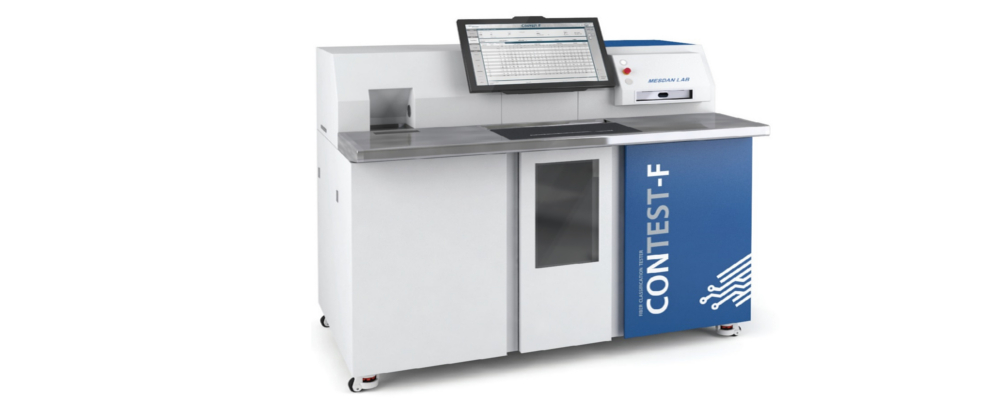CONTEST-S STICKINESS TESTER 3304S
Mesdan Specialize in instruments for Textile Quality Control for Spinning, Weaving, and Dyeing with a long history of service to the Textile Industry. Also Unparalleled in supplying for SPLICER for Autoconer, Twisting As well doubling.
MESDAN S.P.A. ITALY–
A. LAB EQUIPMENT FOR SPINNING, WEAVING AND DYEING
B. SPLICER FOR SAVIO & AUTOCONER
C. ALL TYPE OF T.F.O AND DOUBLING MACHINE
– fully automatic high volume testing equipment designed to detect, measure, classify and grade cotton stickiness (honeydew/sugar content);
– unique equipment providing cotton stickiness risk probability on the basis of its grade enabling spinners to anticipate proper actions (how to process & blend different cotton bales);
– ensures fast testing and very repeatable and consistent results;
– precious tool for spinning mills, cotton trader, textiles institutes, R&D labs and other cotton grading, arbitration and classification institutions.
Introduction to cotton stickiness
Cotton stickiness phenomenon (also called “sugar” – honeydew) changes from season to season. It is caused by a large and variable source of contaminations. The most common originates from insect secretion (mainly from white-fly and aphid), or from vegetals (like oils, seed glue, crushed seeds, etc.), or from other foreign matters that stick on mechanical parts. Besides, immature fibres have a higher content of sucrose, which tends to be stickier than other vegetal sugars. Therefore it is possible to find sticky cotton crops even from origins that never had previous stickiness problems.
“Sticky cotton” bales may seriously compromise the spinning process and create lots of troubles. If “sticky cotton” is not detected and properly handled, it can contaminate the spinning machines, increasing the production costs for excessive wear of machinery parts, for additional cleaning and maintenance operations, causing even the machinery clogging. Finally, the presence of stickiness in cotton can reduce the quality of the yarn (decreasing evenness and increasing neps content and hairiness).
To determine the proportions of blending or the deviations from the standard conditioning parameters for each type of cotton, it is essential to quantify the potential stickiness of the contaminated cotton, which depends on the Stickiness Grade (i.e. the number of sticky points contained in the cotton, as well as the size distribution of these sticky points.
CONTEST-S makes the difference in the working principle, since it provides a counting per gram of the simulating the carding process like in a real spinning process.



